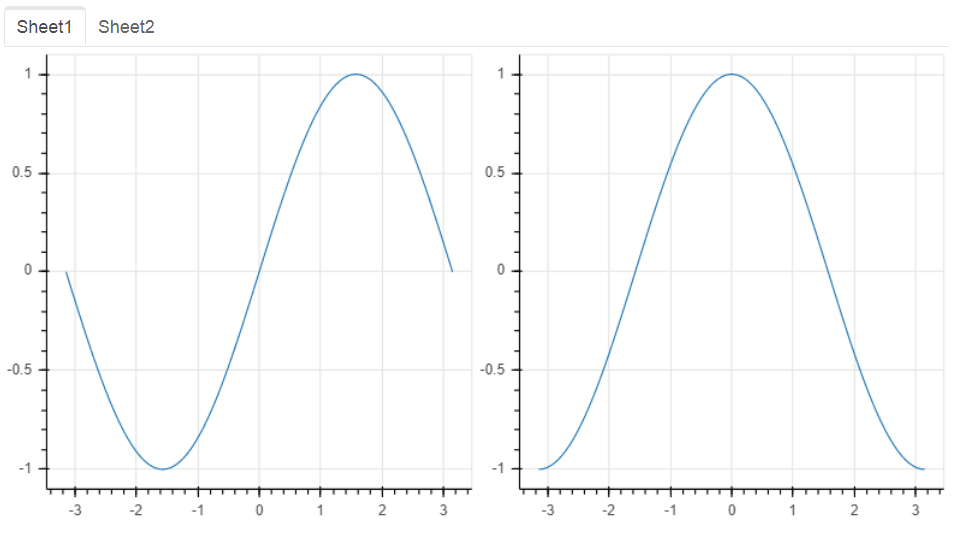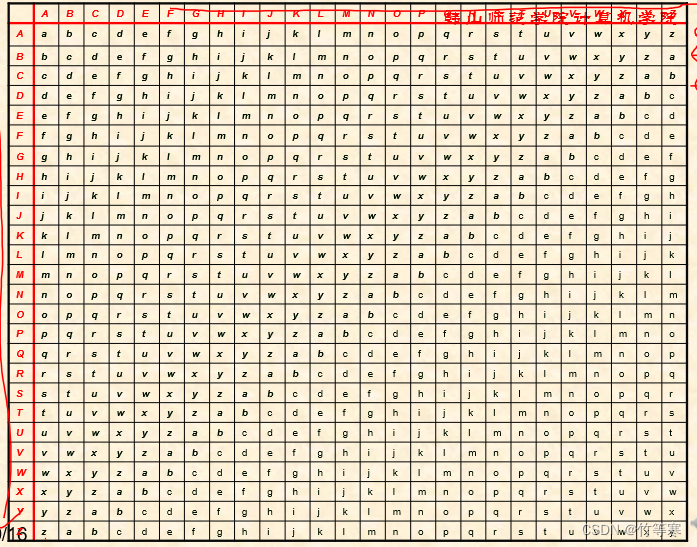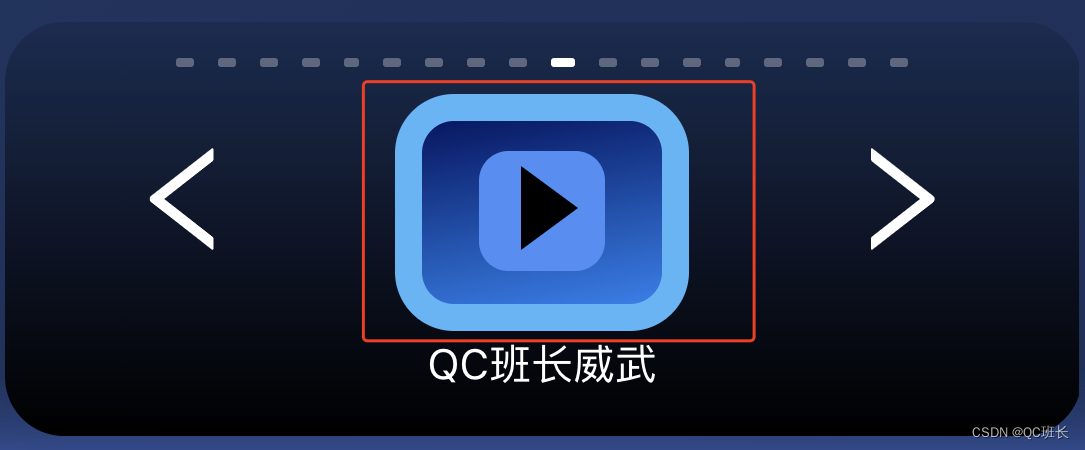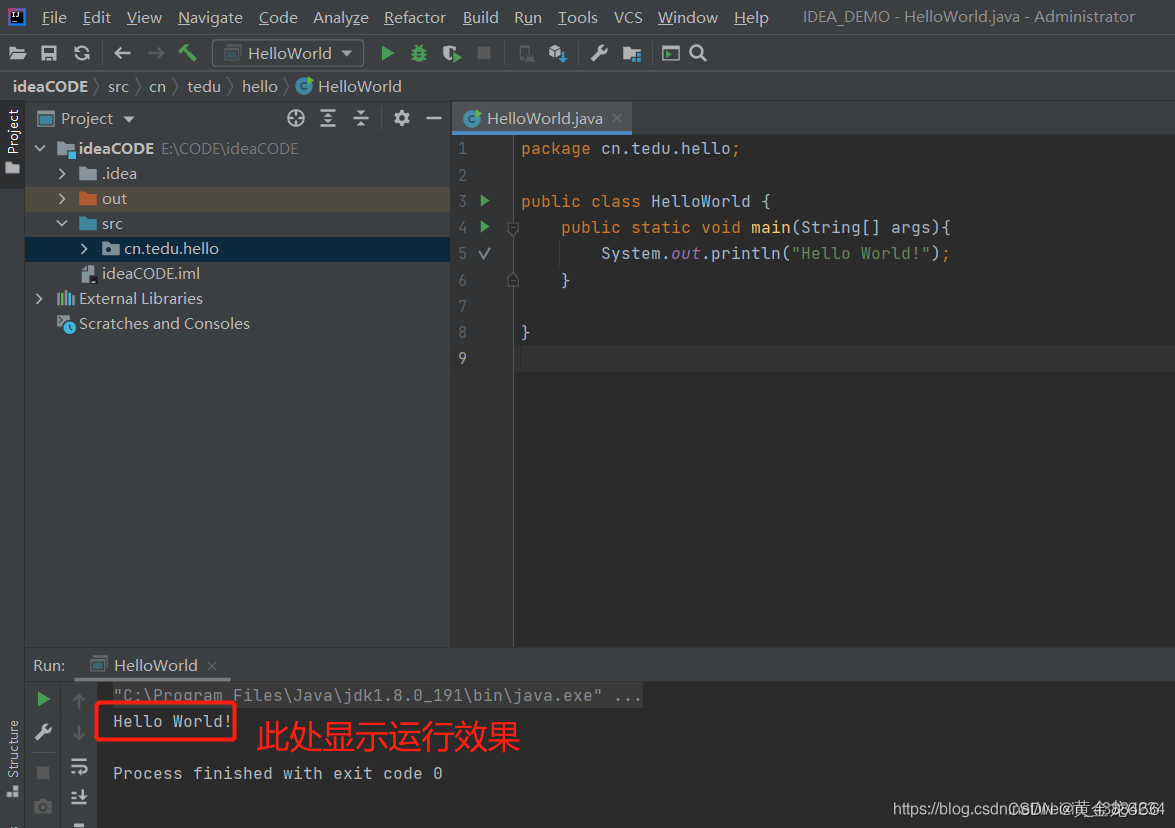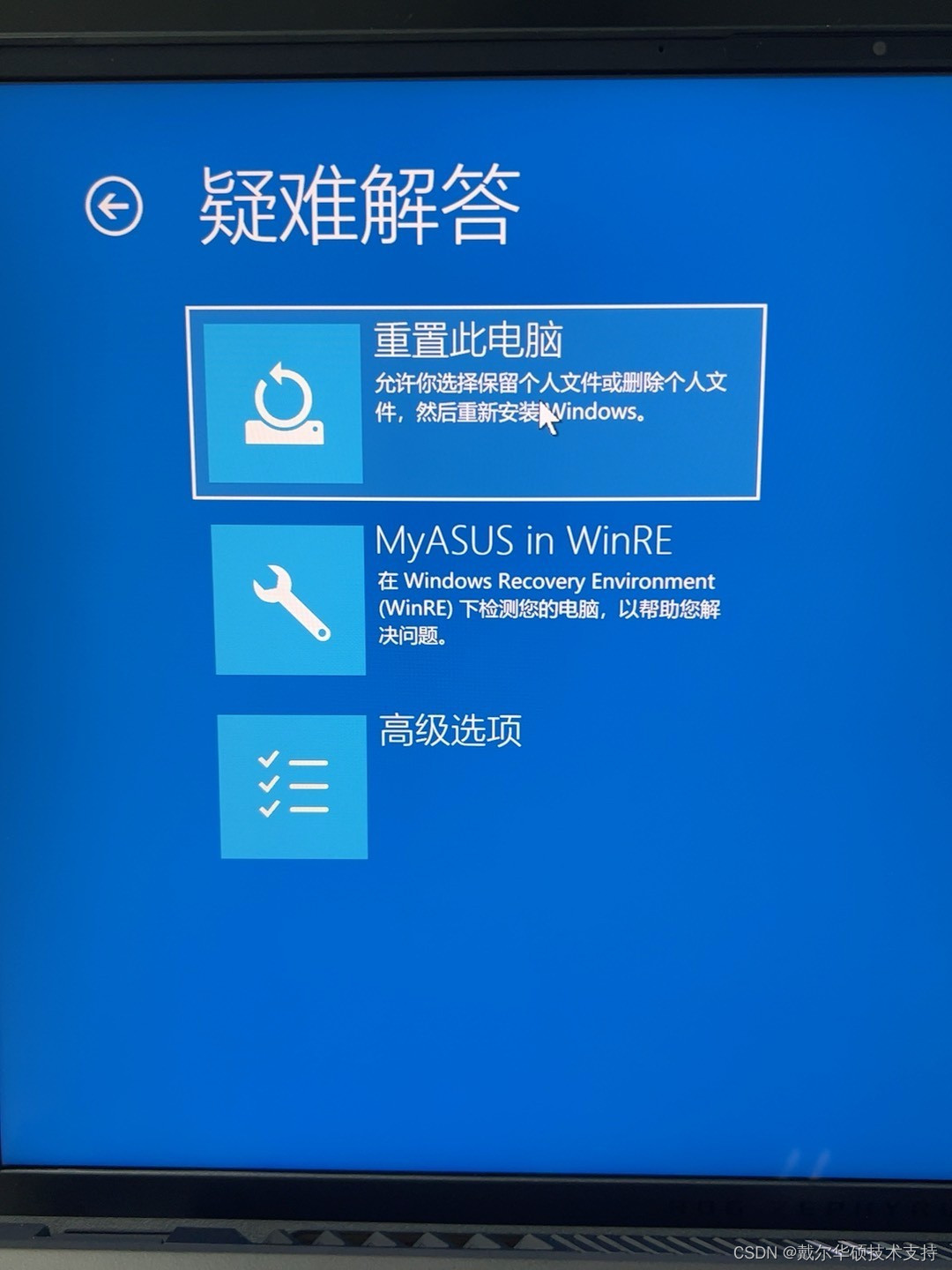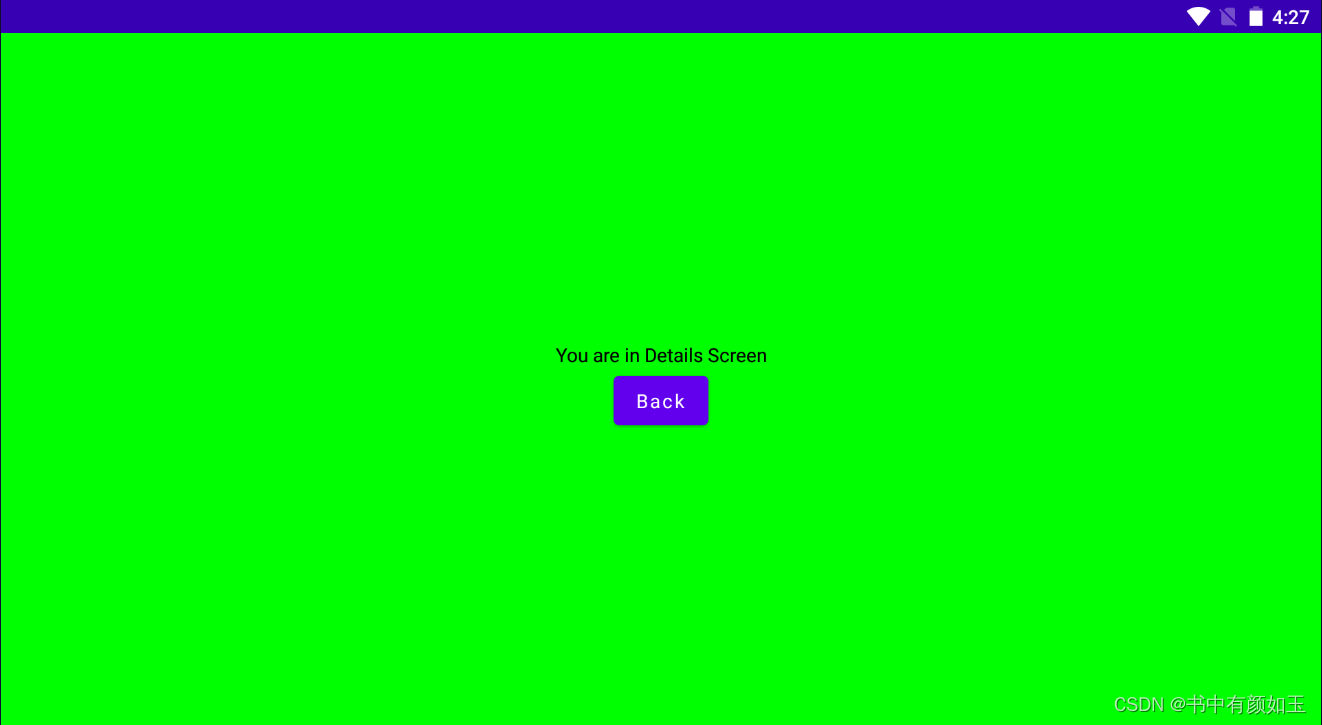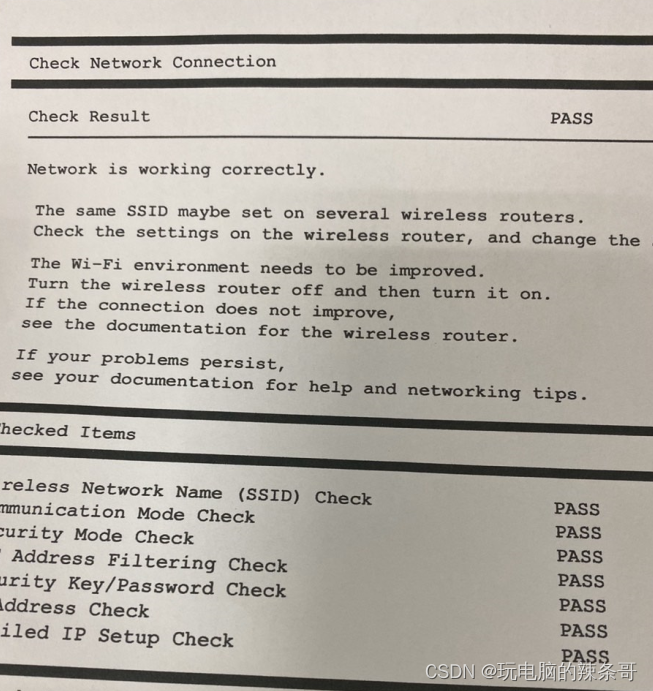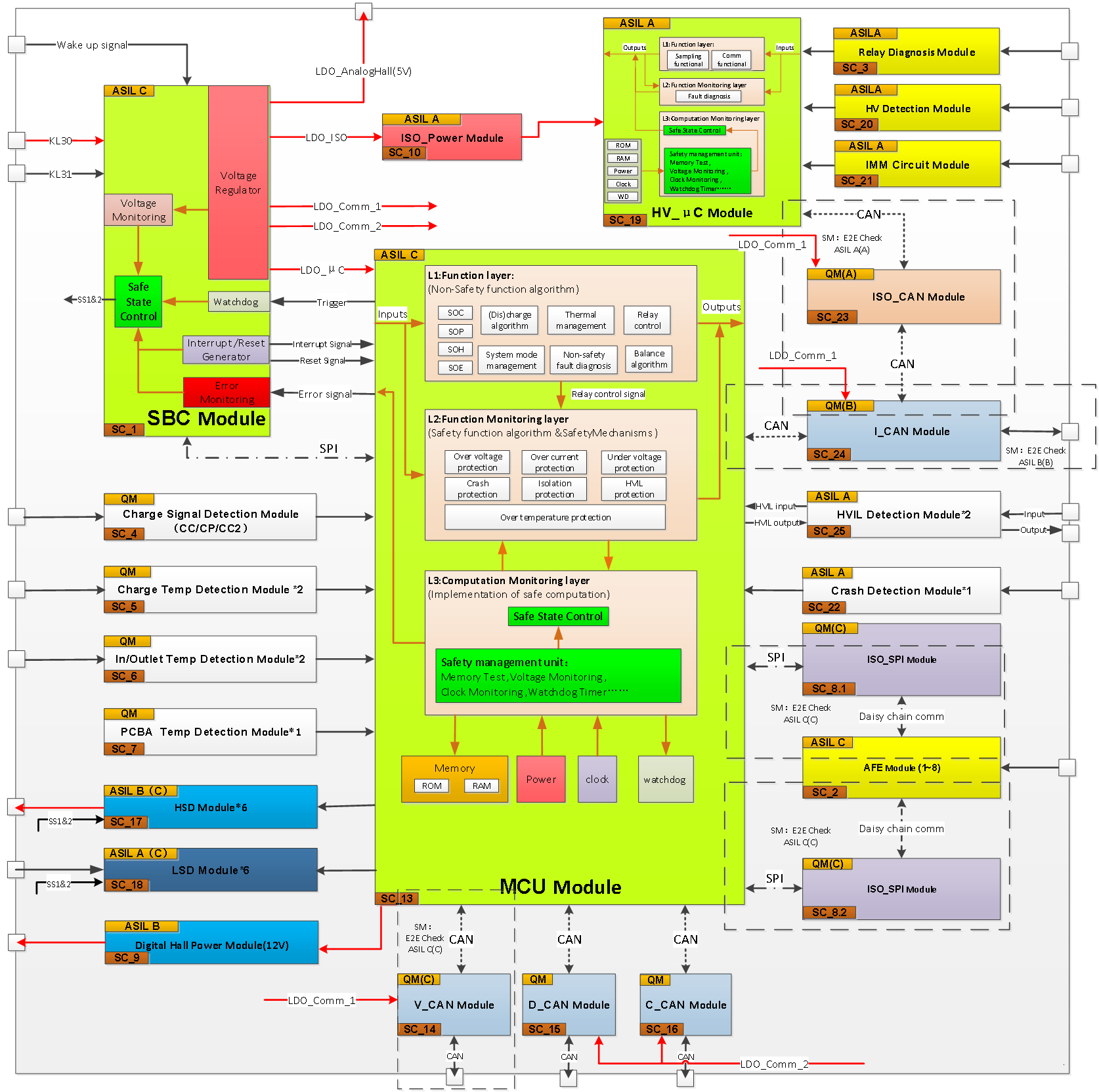网络编程
1、InetAddress类的使用 1.1、实现网络通信需要解决的两个问题 1.2、网络通信的两个要素 1.3、通信要素一:IP和端口号 1.4、通信要素二:网络通信协议 1.5、TCP和UDP的区别 1.6、TCP三次握手和四次挥手 2、TCP网络编程 3、UDP网络编程 4、URL编程 4.1、URL(Uniform Resource Locator)的理解 4.2、URL的5个基本结构 4.3、如何实例化 4.4、常用方法 4.5、可以读取、下载对应的url资源
如何准确地定位网络上一台或多台主机;定位主机上的特定的应用 找到主机后如何可靠高效地进行数据传输 对应问题一:IP和端口号 对应问题二:提供网络通信协议:TCP/IP参考模型(应用层、传输层、网络层、物理+数据链路层) IP的理解
IP:唯一的标识Internet上的计算机(通信实体) 在Java中使用InetAddress类代表IP IP分类:IPv4和IPv6;万维网和局域网 域名:www.baidu.com、www.mi.com
域名解析:域名容易记忆,当在连接网络时输入一个主机的域名后,域名服务器(DNS)负责将域名转化成IP地址,这样才能和主机建立连接。 本地回路地址:127.0.0.1 对应着:localhost InetAddress类:此类的一个对象就代表着一个具体的IP地址
实例化:
getByName(String host) getLocalHost() 常用方法:
getHostName() getHostAddress() 端口号:正在计算机上运行的进程
要求:不同的进程不同的端口号 范围:被规定为一个16位的整数 0~65535 端口号与IP地址的组合得出一个网络套接字:Socket OSI参考模型 TCP/IP参考模型 TCP/IP参考模型各层对应协议 应用层、表示层、会话层 应用层 HTTP、FTP、Telnet、DNS… 传输层 传输层 TCP、UDP… 网络层 网络层 IP、ICMP、ARP… 数据链路层、物理层 物理+数据链路层 Link
TCP协议:
使用TCP协议前,须先建立TCP连接,形成传输数据通道 传输前,采用“三次握手”方式,点对点通信,是可靠的 TCP协议进行通信的两个应用进程:客户端、服务端 在连接中可进行大数据量的传输 传输完毕,需要释放已建立的连接,效率低 UDP协议:
将数据、源、目的封装成数据包,不需要建立连接 每个数据报的大小限制在64K内 发送不管对方是否准备好,接收方收到也不确认,故是不可靠的 可以广播发送 发送数据结束时无需释放资源,开销小,速度快
客户端
服务端
seq=x,SYN=1
客户端发送syn报文,
并置发送序号为x
ACK=x+1,seq=y,SYN=1
服务端发送syn+ACK报文
并置发送序号为y,
再确定序号为x+1
ACK=y+1,seq=z
客户端发送ACK报文,
并置发送序号为z
再确定序号为Y+1
客户端
服务端
主动方
被动方
Fin=1,Ack=z,seq=x
主动方发送Fin+Ack报文,
并置发送序号为X
ACK=x+1,seq=z
被动方发送ACK报文,
并置发送序号为Z,
再确定序号为X+1
Fin=1,ack=x,seq=y
被动方发送Fin+Ack报文,
并置发送序号为Y,
再确定序号为X
ACK=Y,seq=x
主动方发送ack报文,
并置发送序号为X,
再确认序号为Y
主动方
被动方
/**
* 客户端发送信息给服务端,服务端将数据显示在控制台上
*/
public class TCPTest1 {
// 客户端
@Test
public void client() {
Socket socket = null;
OutputStream os = null;
try {
// 1、创建Socket对象,指明服务器端的IP和端口号
InetAddress inet = InetAddress.getByName("127.0.0.1");
socket = new Socket(inet, 8899);
// 2、获取一个输出流,用于输出数据
os = socket.getOutputStream();
// 3、写出数据的操作
os.write("你好,我是客户端mm".getBytes());
} catch (IOException e) {
e.printStackTrace();
} finally {
// 4、资源的关闭
if (os != null) {
try {
os.close();
} catch (IOException e) {
e.printStackTrace();
}
}
if (socket != null) {
try {
socket.close();
} catch (IOException e) {
e.printStackTrace();
}
}
}
}
//服务端
@Test
public void server () {
ServerSocket ss = null;
Socket socket = null;
InputStream is = null;
ByteArrayOutputStream baos = null;
try {
// 1、创建服务器端的ServerSocket,指明自己的端口号
ss = new ServerSocket(8899);
// 2、调用accept()表示接收来自客户端的socket
socket = ss.accept();
// 3、获取输入流
is = socket.getInputStream();
// 4、读取输入流中的数据
baos = new ByteArrayOutputStream();
byte[] buffer = new byte[5];
int len;
while ((len = is.read(buffer)) != -1) {
baos.write(buffer, 0, len);
}
System.out.println(socket.getInetAddress().getHostAddress() + ":" + baos.toString());
} catch (IOException e) {
e.printStackTrace();
} finally {
// 5、关闭资源
if (baos != null) {
try {
baos.close();
} catch (IOException e) {
e.printStackTrace();
}
}
if (is != null) {
try {
is.close();
} catch (IOException e) {
e.printStackTrace();
}
}
if (socket != null) {
try {
socket.close();
} catch (IOException e) {
e.printStackTrace();
}
}
if (ss != null) {
try {
ss.close();
} catch (IOException e) {
e.printStackTrace();
}
}
}
}
}
/**
* 客户端发送文件给服务端,服务端将文件保存在本地
*/
public class TCPTest2 {
// 客户端
@Test
public void client () {
Socket socket = null;
OutputStream os = null;
FileInputStream fis = null;
try {
socket = new Socket(InetAddress.getByName("127.0.0.1"), 9090);
os = socket.getOutputStream();
fis = new FileInputStream(new File("beauty.jpg"));
byte[] buffer = new byte[1024];
int len;
while ((len = fis.read(buffer)) != -1) {
os.write(buffer, 0, len);
}
} catch (IOException e) {
e.printStackTrace();
} finally {
if (fis != null) {
try {
fis.close();
} catch (IOException e) {
e.printStackTrace();
}
}
if (os != null) {
try {
os.close();
} catch (IOException e) {
e.printStackTrace();
}
}
if (socket != null) {
try {
socket.close();
} catch (IOException e) {
e.printStackTrace();
}
}
}
}
//服务端
@Test
public void server () {
ServerSocket ss = null;
Socket socket = null;
InputStream is = null;
FileOutputStream fos = null;
try {
ss = new ServerSocket(9090);
socket = ss.accept();
is = socket.getInputStream();
fos = new FileOutputStream(new File("beauty1.jpg"));
byte[] buffer = new byte[1024];
int len;
while ((len = is.read(buffer)) != -1) {
fos.write(buffer, 0, len);
}
} catch (IOException e) {
e.printStackTrace();
} finally {
if (fos != null) {
try {
fos.close();
} catch (IOException e) {
e.printStackTrace();
}
}
if (is != null) {
try {
is.close();
} catch (IOException e) {
e.printStackTrace();
}
}
if (socket != null) {
try {
socket.close();
} catch (IOException e) {
e.printStackTrace();
}
}
if (ss != null) {
try {
ss.close();
} catch (IOException e) {
e.printStackTrace();
}
}
}
}
}
/**
* 从客户端发送文件给服务器,服务端保存到本地。并返回“发送成功”给客户端
* 并关闭相关的连接
*/
public class TCPTest3 {
// 客户端
@Test
public void client ()
{
Socket socket = null;
OutputStream os = null;
FileInputStream fis = null;
InputStream is = null;
ByteArrayOutputStream baos = null;
try {
socket = new Socket(InetAddress.getByName("127.0.0.1"), 9090);
os = socket.getOutputStream();
fis = new FileInputStream(new File("beauty.jpg"));
byte[] buffer = new byte[1024];
int len;
while ((len = fis.read(buffer)) != -1) {
os.write(buffer, 0, len);
}
// 关闭数据的输出
socket.shutdownOutput();
// 接收来自于服务器端的数据,并显示到控制台上
is = socket.getInputStream();
baos = new ByteArrayOutputStream();
byte[] buffer1 = new byte[20];
int len1;
while ((len1 = is.read(buffer1)) != -1) {
baos.write(buffer1, 0, len1);
}
System.out.println(baos.toString());
} catch (IOException e) {
e.printStackTrace();
} finally {
if (baos != null) {
try {
baos.close();
} catch (IOException e) {
e.printStackTrace();
}
}
if (is != null) {
try {
is.close();
} catch (IOException e) {
e.printStackTrace();
}
}
if (fis != null) {
try {
fis.close();
} catch (IOException e) {
e.printStackTrace();
}
}
if (os != null) {
try {
os.close();
} catch (IOException e) {
e.printStackTrace();
}
}
if (socket != null) {
try {
socket.close();
} catch (IOException e) {
e.printStackTrace();
}
}
}
}
// 服务端
@Test
public void server () {
ServerSocket ss = null;
Socket socket = null;
InputStream is = null;
FileOutputStream fos = null;
OutputStream os = null;
try {
ss = new ServerSocket(9090);
socket = ss.accept();
is = socket.getInputStream();
fos = new FileOutputStream(new File("beauty2.jpg"));
byte[] buffer = new byte[1024];
int len;
while ((len = is.read(buffer)) != -1) {
fos.write(buffer, 0, len);
}
System.out.println("图片传输完成");
// 服务器端给予客户单反馈
os = socket.getOutputStream();
os.write("你好,美女,照片我已收到,非常漂亮!".getBytes());
} catch (IOException e) {
e.printStackTrace();
} finally {
if (os != null) {
try {
os.close();
} catch (IOException e) {
e.printStackTrace();
}
}
if (fos != null) {
try {
fos.close();
} catch (IOException e) {
e.printStackTrace();
}
}
if (is != null) {
try {
is.close();
} catch (IOException e) {
e.printStackTrace();
}
}
if (socket != null) {
try {
socket.close();
} catch (IOException e) {
e.printStackTrace();
}
}
if (ss != null) {
try {
ss.close();
} catch (IOException e) {
e.printStackTrace();
}
}
}
}
}
public class UDPTest {
// 发送端
@Test
public void sender () {
DatagramSocket socket = null;
try {
socket = new DatagramSocket();
String str = "我是UDP方式发送的导弹";
byte[] data = str.getBytes();
InetAddress inet = InetAddress.getLocalHost();
DatagramPacket packet = new DatagramPacket(data, 0, data.length, inet, 9090);
socket.send(packet);
} catch (IOException e) {
e.printStackTrace();
} finally {
if (socket != null) {
socket.close();
}
}
}
// 接收端
@Test
public void receiver () {
DatagramSocket socket = null;
try {
socket = new DatagramSocket(9090);
byte[] buffer = new byte[100];
DatagramPacket packet = new DatagramPacket(buffer, 0, buffer.length);
socket.receive(packet);
System.out.println(new String(packet.getData(), 0, packet.getLength()));
} catch (IOException e) {
e.printStackTrace();
} finally {
socket.close();
}
}
}
URL url = new URL("http://localhost:8080/examples/beauty.jpg?username=Tom")public String getProtocol():获取该URL的协议名 public String getHost():获取该URL的主机名 public String getPort():获取该URL的端口号 public String getPath():获取该URL的文件路径 public String getFile():获取该URL的文件名 public String getQuery():获取该URL的查询名 public static void main(String[] args) {
HttpURLConnection urlConnection = null;
InputStream is = null;
FileOutputStream fos = null;
try {
URL url = new URL("http://localhost:8080/examples/beauty.jpg");
urlConnection = (HttpURLConnection) url.openConnection();
urlConnection.connect();
is = urlConnection.getInputStream();
fos = new FileOutputStream("day10\\beauty3.jpg");
byte[] buffer = new byte[1024];
int len;
while ((len = is.read(buffer)) != -1) {
fos.write(buffer, 0, len);
}
System.out.println("下载完成");
} catch (IOException e) {
e.printStackTrace();
} finally {
if (fos != null) {
try {
fos.close();
} catch (IOException e) {
e.printStackTrace();
}
}
if (is != null) {
try {
is.close();
} catch (IOException e) {
e.printStackTrace();
}
}
if (urlConnection != null) {
urlConnection.disconnect();
}
}
}



